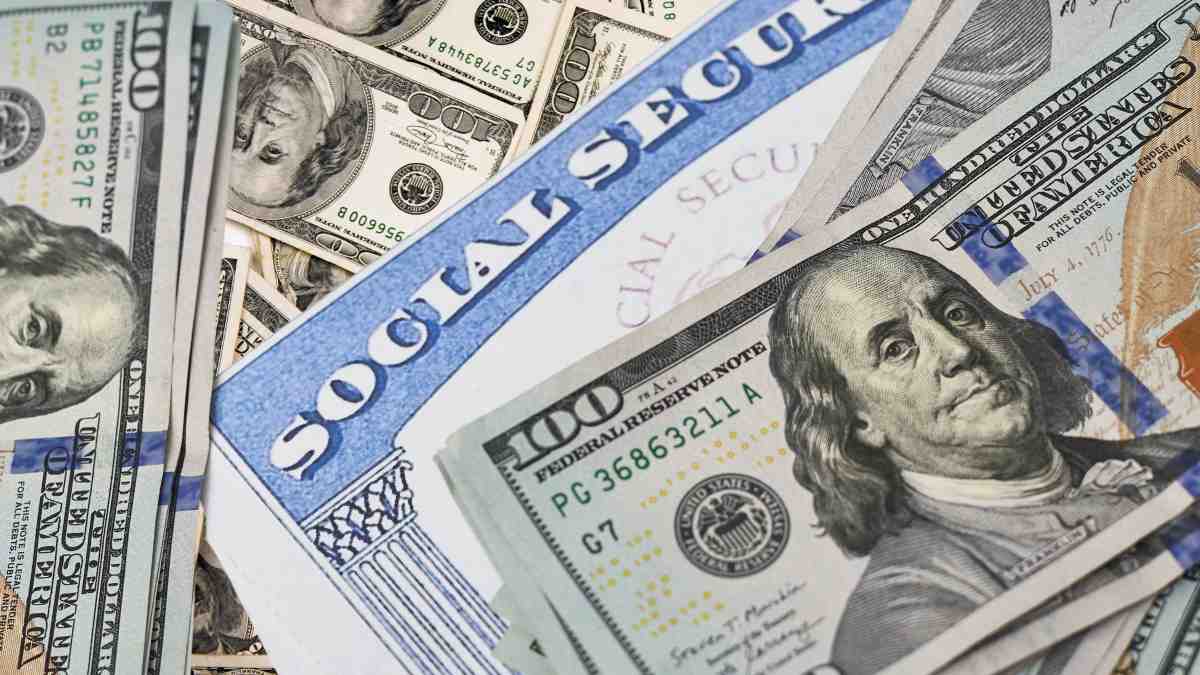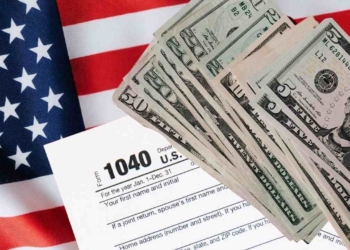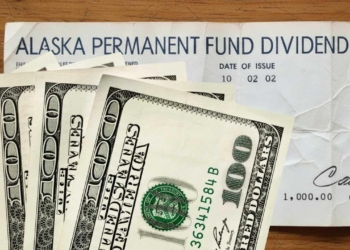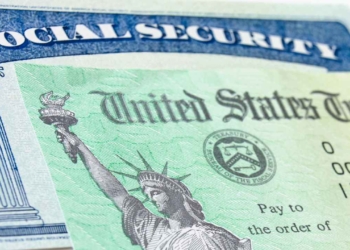Social Security Disability Insurance, is also known as SSDI. This disability benefit can help workers with a qualifying disability get monthly payments if they cannot work for over a year. To get them, apart from meeting SSA’s strict definition of disability, they must have worked and paid enough payroll taxes.
What is more, you must have gotten approval from Social Security after filing. This approval can take longer than expected because of delays in processing your application.
SSDI January payment schedule
The Social Security Administration has confirmed the first Disability Insurance payment with the 2.5% COLA increase will be issued on January 3. This disability benefit payment will only be for 2 eligible groups of recipients:
- SSDI recipients who are also collecting Supplemental Security Income benefits
- beneficiaries who got their first Social Security check or direct deposit before May 1997
- those who have not lost their eligibility
If you do not meet these requirements, you will receive your SSDI payment on the second, third, or fourth Wednesday in January 2025. It will depend on the day you were born. It could be on January 8, 15 or 22.
Eligibility for SSDI after the 3rd
Those recipients who get SSDI on January 8 must have been born from 1-10. For example, if you were born from January through December but from the 1st to the tenth, your payday will be on the 8th of this month.
Actually, Social Security Disability Insurance recipients whose birthdays are from the 11th to the 20th will receive their SSDI payment on January 15, instead of January 8. The last payday will be for those who were born after the 20th.
So, if your birthday is from 21-31, your SSDI payment will be in your bank account on January 22. On average, Disability Insurance recipients will get about $1,580, up from $1,547. The largest Disability Insurance payment will be $4,018, up from $3,822 if you earned the taxable maximum for 35 years and meet other key conditions.







